Yukie Ishikawa
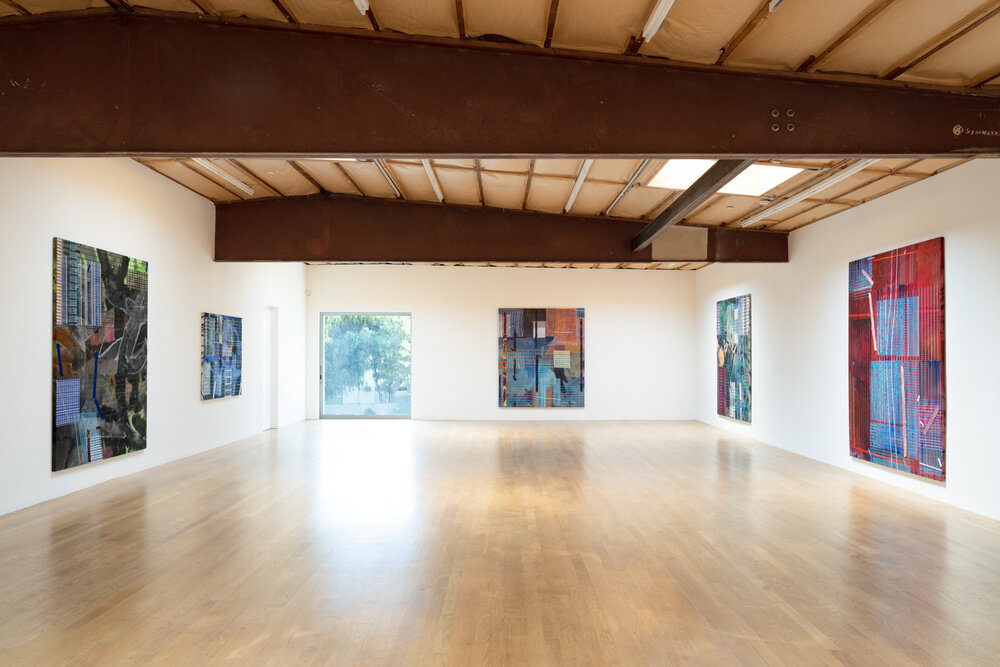
Yukie Ishikawa
September 10 – October 22, 2022Los Angeles
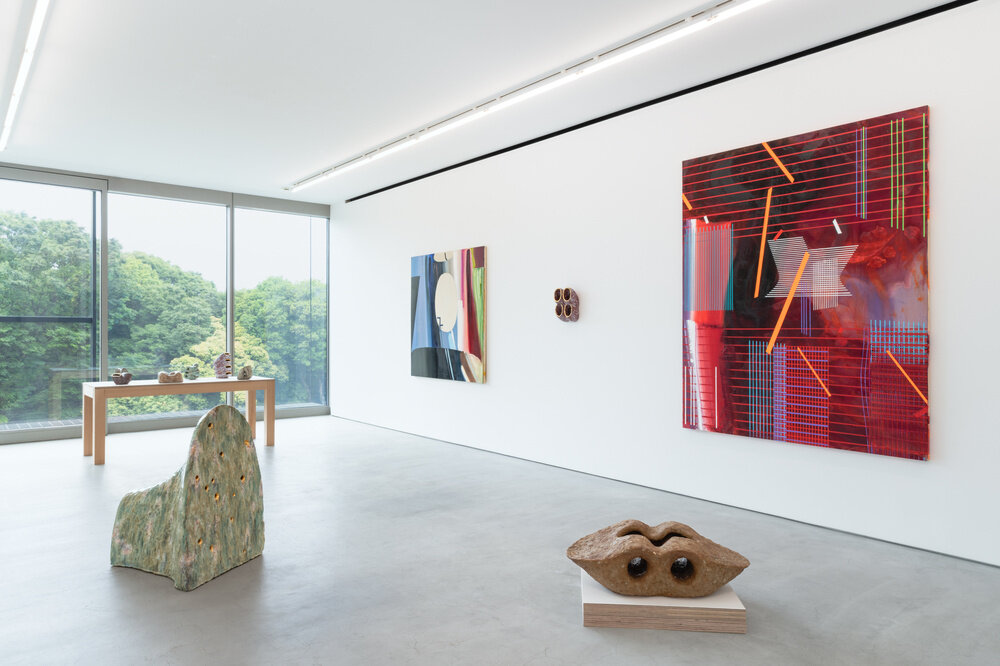
Yukie Ishikawa, Akane Saijo
May 18 – June 22, 2024Tokyo

Written with a Splash of Blood
January 20 – March 10, 2024Tokyo
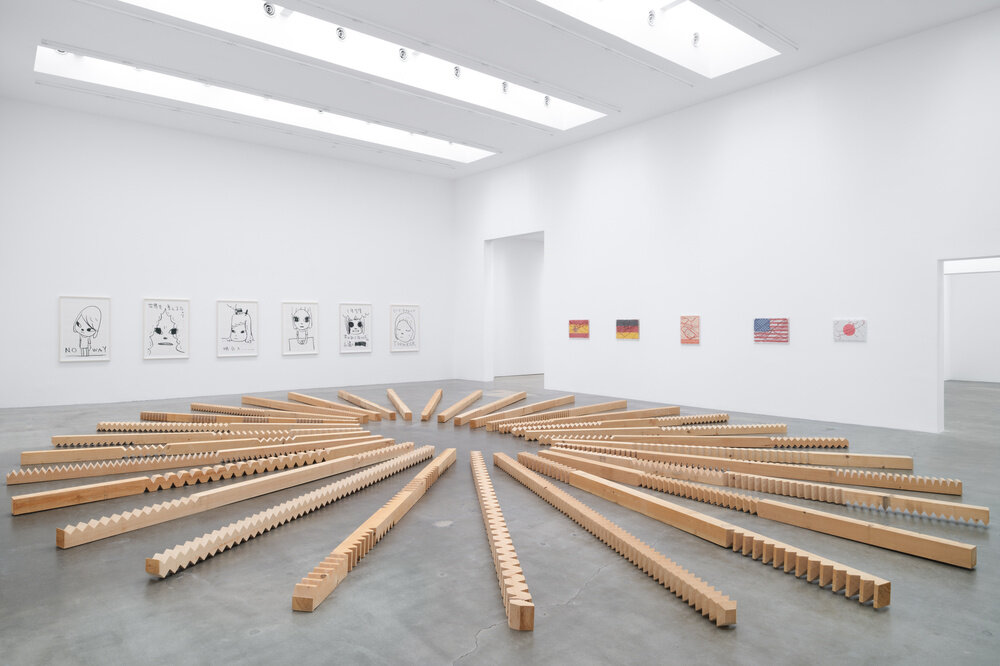
Written with a Splash of Blood
January 13 – March 3, 2024Los Angeles
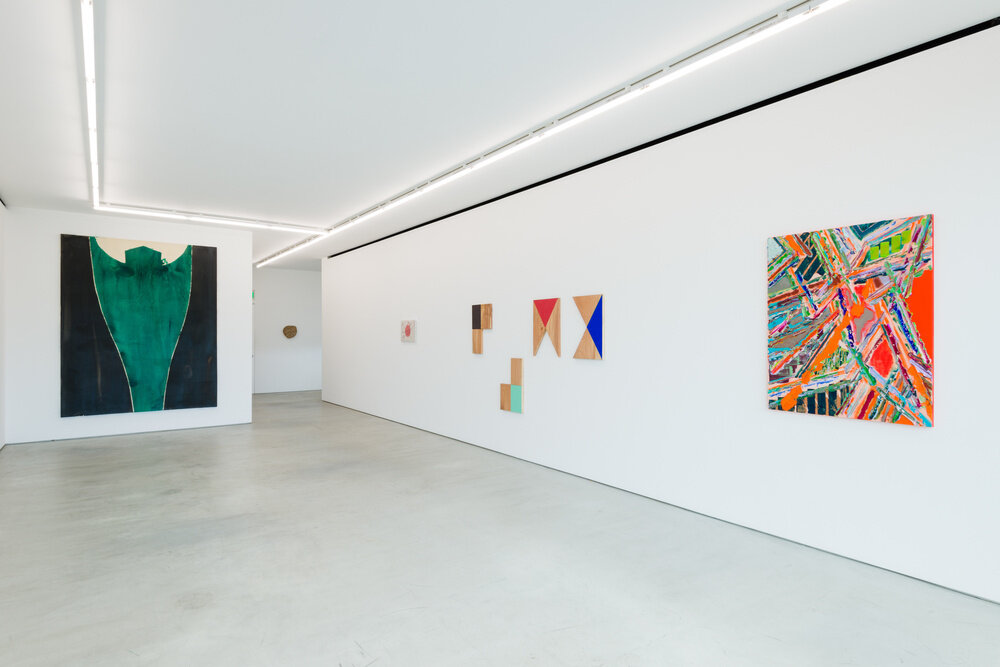
February 20 – March 19, 2021Tokyo
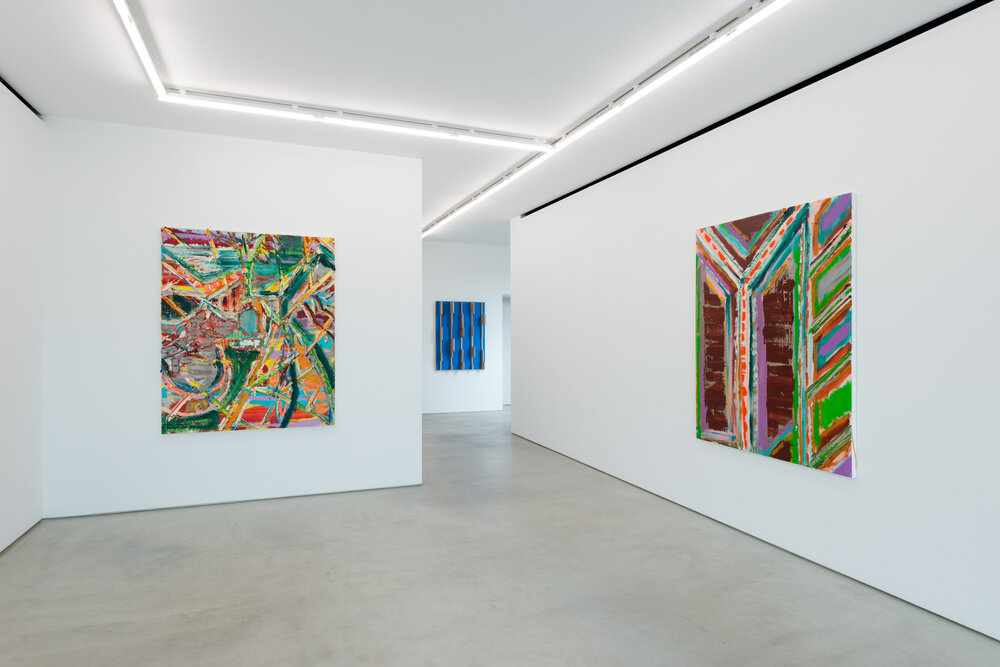
July 21 – August 8, 2020Tokyo
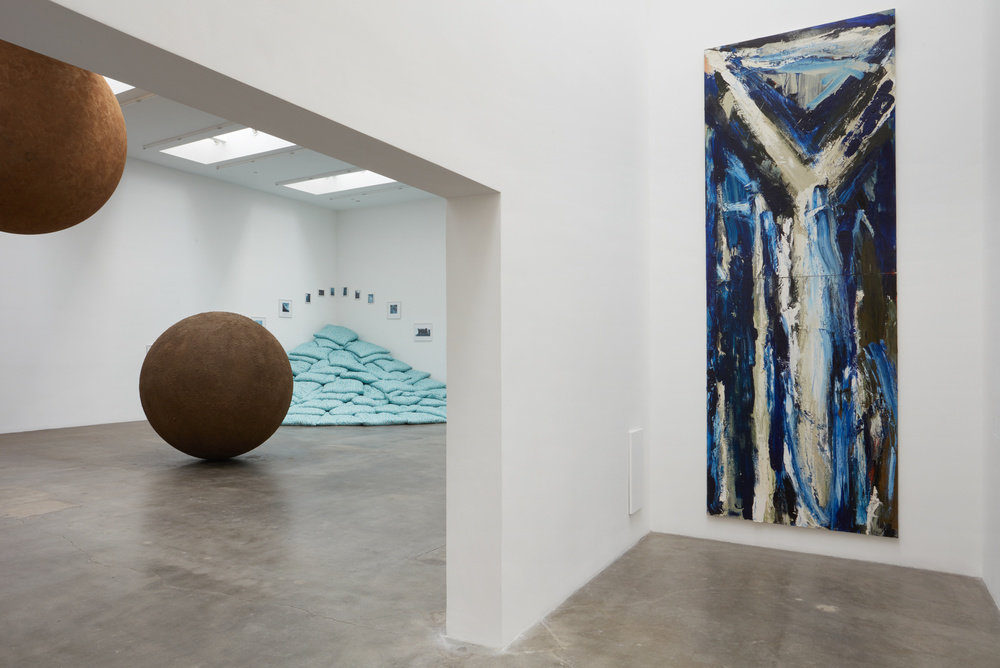
Curated by Mika Yoshitake
Part I: February 14 – March 23, 2019Los Angeles
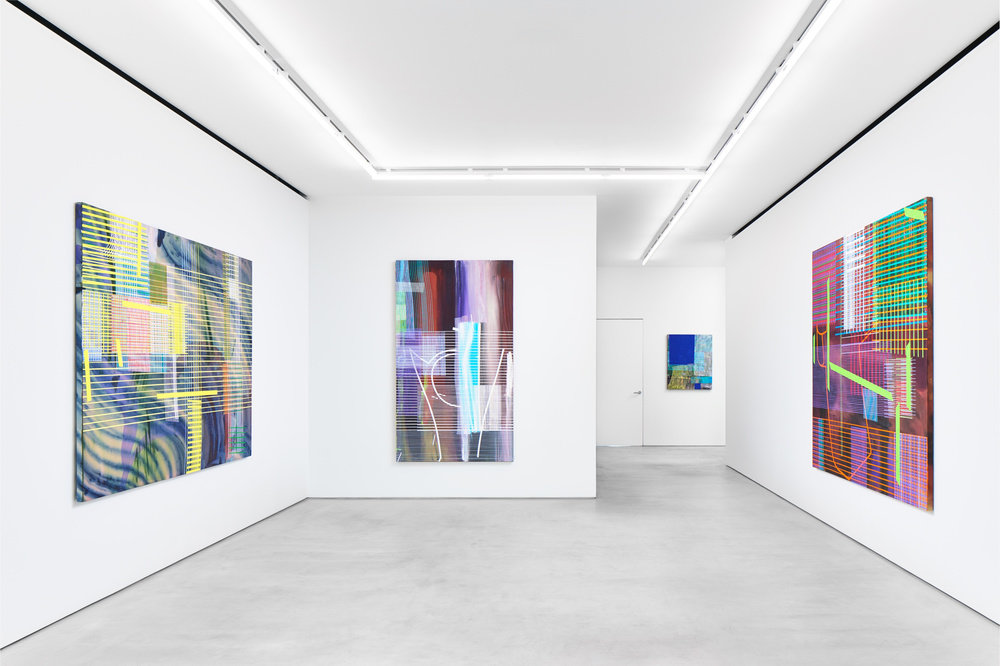
Yukie Ishikawa
September 1 – October 20, 2018Tokyo
Broadcasts
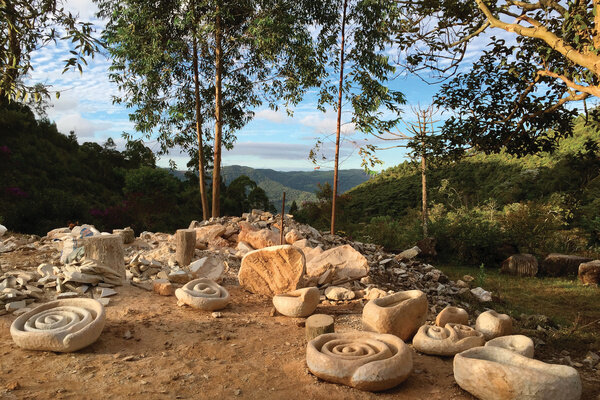
Organized by Naz Cuguoglu
April 2021
Biography
Yukie Ishikawa (b. 1961, Tokyo, Japan) began her career in the late 1980s as the Japanese New Painting movement, which developed alongside American and European Neo-Expressionism, gave way to new artistic possibilities. During this time, Japanese artists began to explore subversive artistic languages of simulacra and appropriation that responded to the zeitgeist of design and advertisement culture during the bubble economy.
Ishikawa’s practice is distinct for its conscientious response against the history of Modernist painting and the monochromatic space found in Minimalist art. The compositions originate from forms she finds in magazines, advertisements, newspapers, and books, which she enlarges, projects, and traces onto the canvas. Curator Mika Yoshitake calls this translation of forms through projection and distortion “a metaphotographic process” informed by the study of Western art history. Her process takes the shapes of the commercial and rapidly expanding landscape of Tokyo and removes all promotional content. These removals, thus reduce the imagery to pure form, slowing down pace and re-constructing meaning. Ishikawa deliberately composes and colors the abstractions in order to obfuscate the identity of the original source material, seeking to create “a pictorial space outside of the three-dimensional space to which those things belonged.”
Ishikawa’s latest compositions are part of an ongoing, highly intricate body of work entitled Impermanence (2012–present). For these paintings, Ishikawa meditates on the ever-shifting appearance of the landscape outside her large studio windows. She began to alter the pictorial structure of paintings from previous decades, retouching or reworking compositions that had once seemed complete. No longer facing a blank canvas, she responds to the “given conditions” of the existing painted surface, adding new layers of lines and grids, some with sand and natural materials mixed into the paint—paralleling the construction and re-construction happening in the ever-changing Tokyo landscape. This retouching is not intended to damage, destroy, or deny the given conditions, but to generate a new pictorial meaning within the colors and painted forms on the surface. The lower layer now interacts with the superimposed layer in form, color, and texture. The combination of pigments in the stripes produces an optical color mix. As Ishikawa puts it, “I would like to make paintings that simultaneously contain a variety of unique relationships among disparate elements while the various structural components within the painting exist as independent entities.”
Yukie Ishikawa graduated from the Department of Oil Painting at Musashino Art University, Tokyo, Japan in 1983. She currently lives and works near Kawagoe, Saitama Prefecture. Since the late 1980s she has held regular solo exhibitions in Japan and her paintings have been featured in prominent group exhibitions, including MOT Collection: Garden of Light / Continuing Whispers, Museum of Contemporary Art, Tokyo, Japan (2022); The Herstory of Abstraction in East Asia, Taipei Fine Arts Museum, Taipei, Taiwan (2019); Minimal/ Post Minimal—The Contemporary Japanese Art from 1970s, Utsunomiya Museum of Art, Utsunomiya (2013); Primary Field: The State of Contemporary Art—Conversation with the 7 Fields, Museum of Modern Art, Kamakura & Hayama (2007); The Power of Painting—Japanese Painting since 1980, Museum of Contemporary Art, Tokyo (2005); Remaking Modernism in Japan 1900–2000, University Art Museum, Tokyo National University of Fine Arts and Music, and Museum of Contemporary Art, Tokyo (2004); and The Vision of Contemporary Art, Ueno Royal Museum, Tokyo (1995 and 1999). Her work is represented in the collections of the Hiroshima City Museum of Contemporary Art, Hiroshima, Japan; Iwaki City Art Museum, Iwaki, Japan; National Museum of Art, Osaka, Japan; Museum of Contemporary Art, Tokyo, Japan; Museum of Modern Art, Kamakura & Hayama, Japan; National Museum of Art, Osaka, Japan; National Museum of Modern Art, Tokyo, Japan; Rachofsky Collection, Dallas, TX; Sezon Museum of Modern Art, Karuizawa, Japan; and Utsunomiya Museum of Art, Utsunomiya, Japan, among others.
Selected Works
News
Artnet News: 10 Must-See Gallery Shows in Los Angeles This Month, from Vintage Cindy Sherman Photographs to Sand-Inflected Abstractions
10/04/2022
Yukie Ishikawa | Ueno Royal Art Museum, Tokyo, Japan
03/12/2020
Yukie Ishikawa | Taipei Fine Arts Museum, Taiwan
09/18/2019
Artillery Magazine: Parergon
02/26/2019
Tokyo Weekender Guide: Yukie Ishikawa
09/01/2018
Related Publications
Parergon: Japanese Art of the 1980s and 1990s